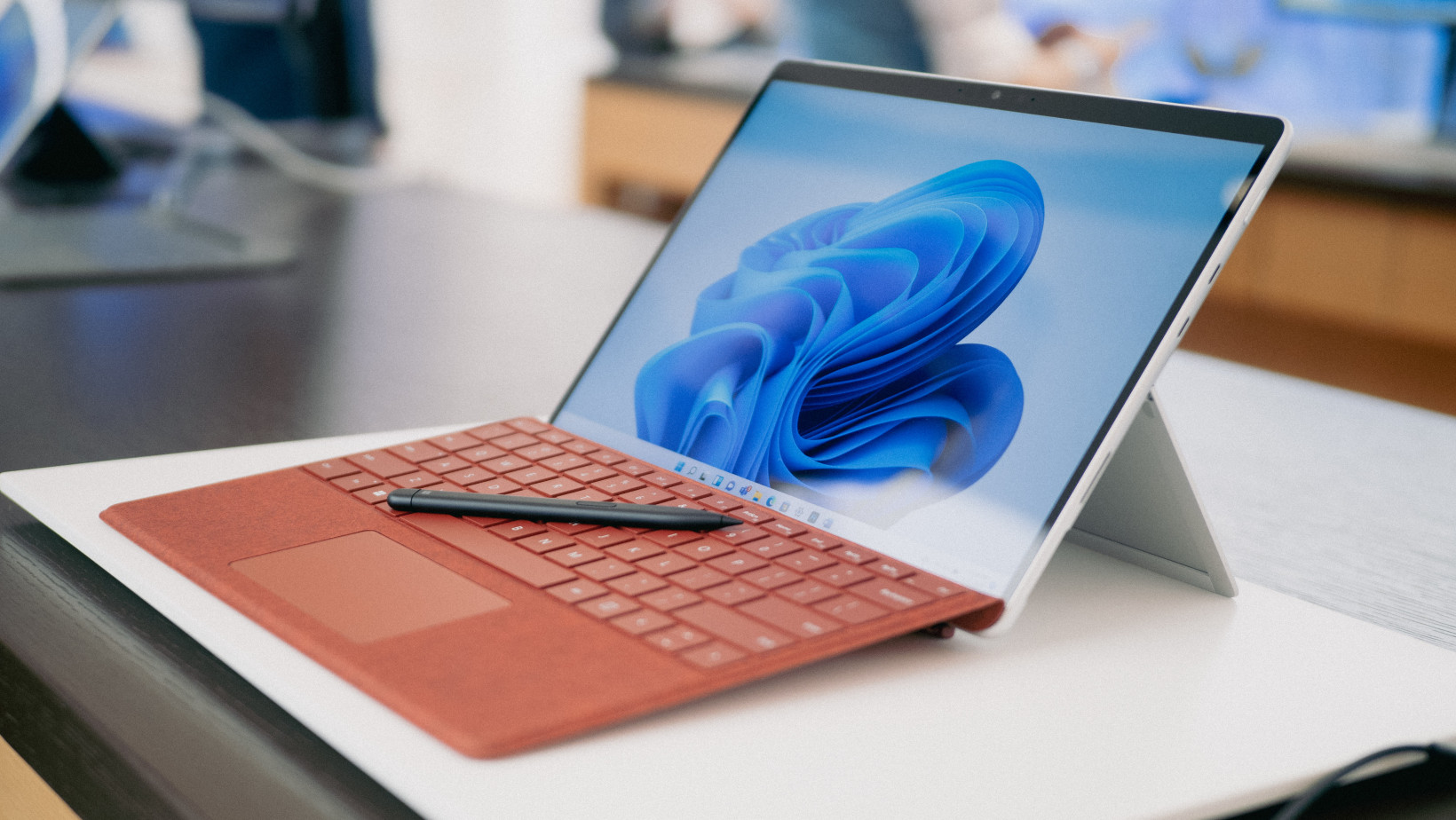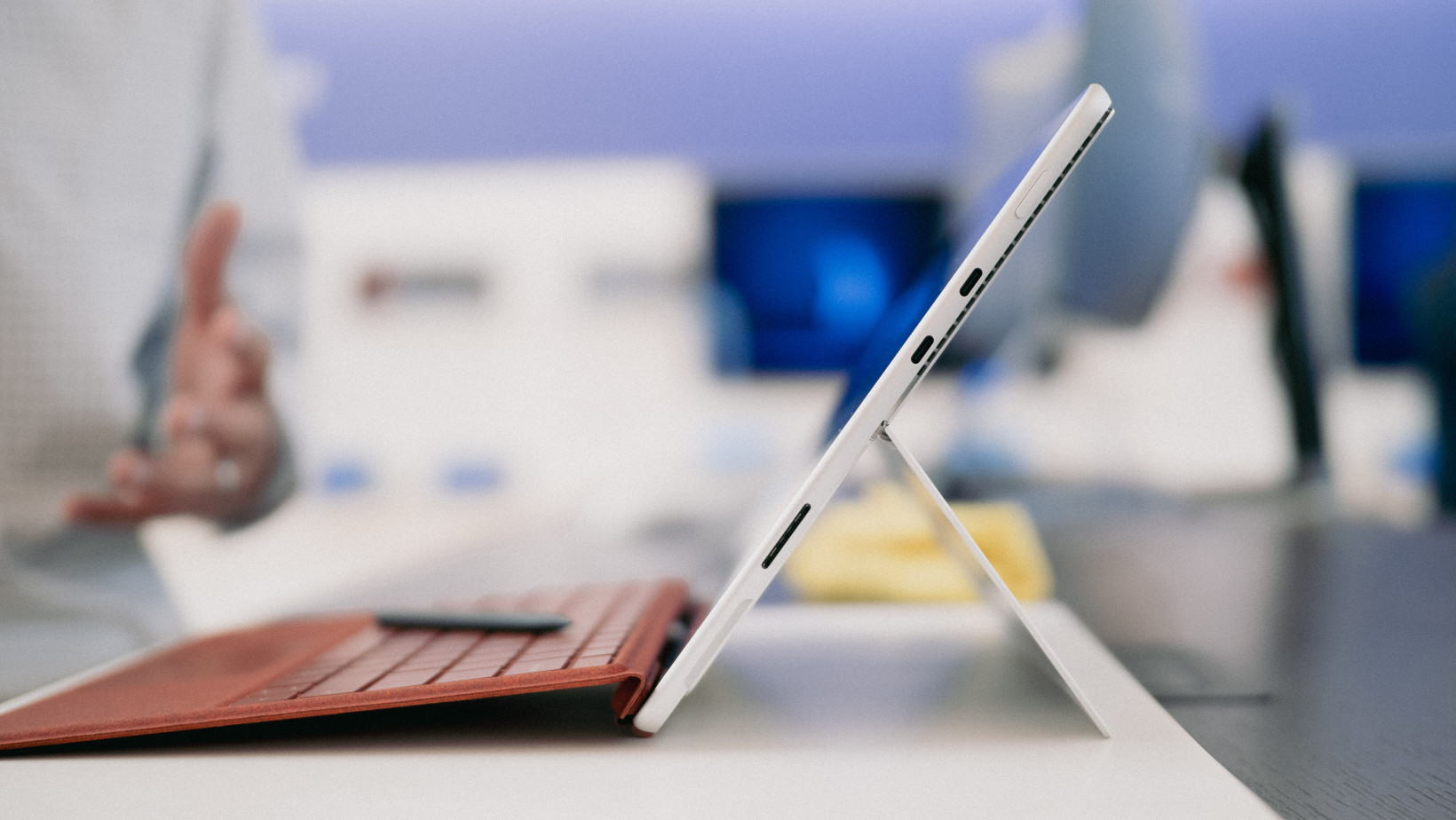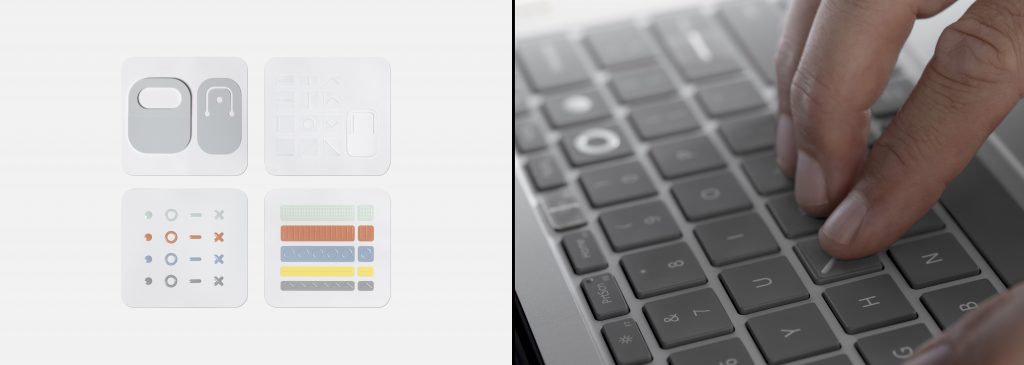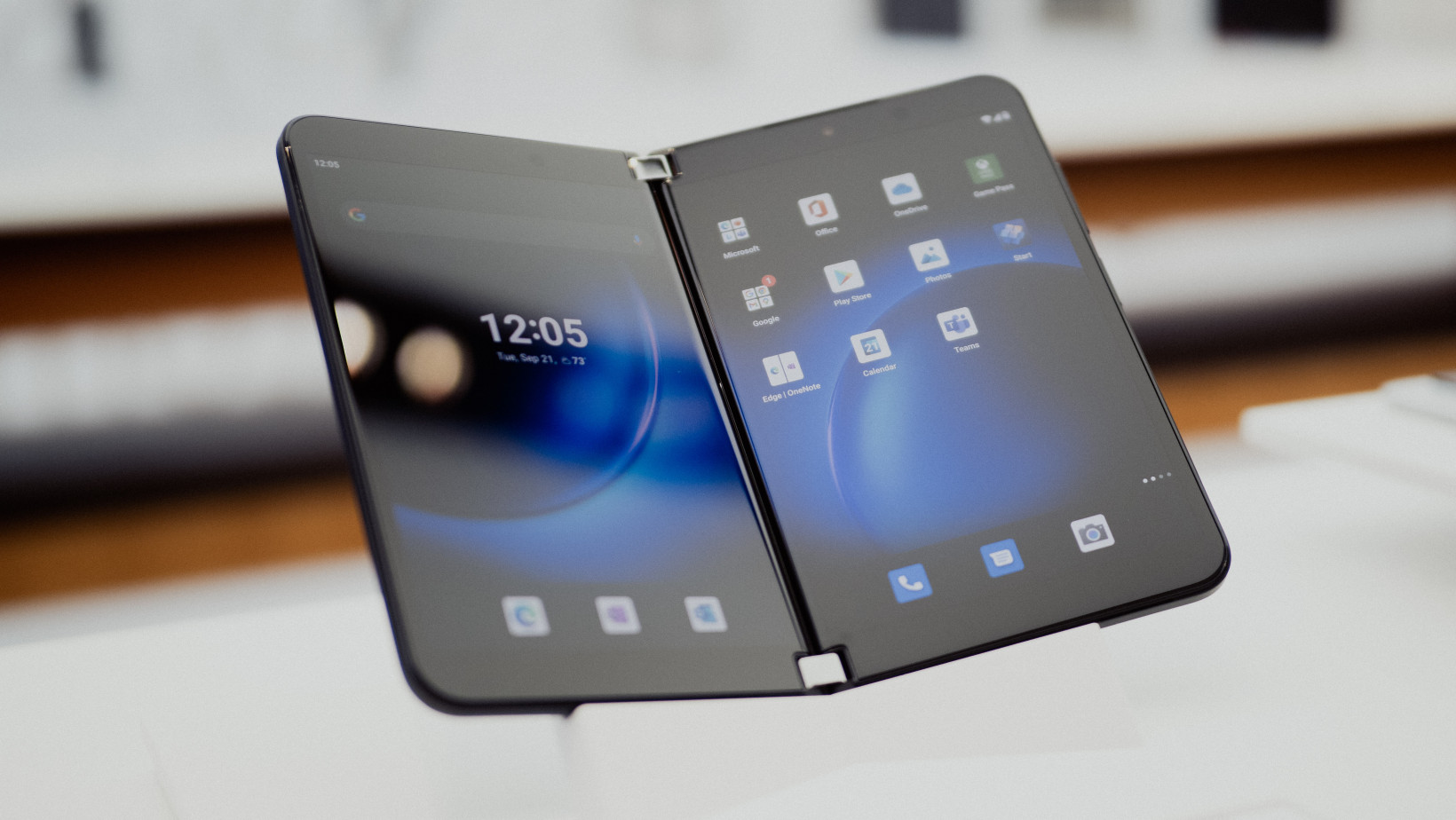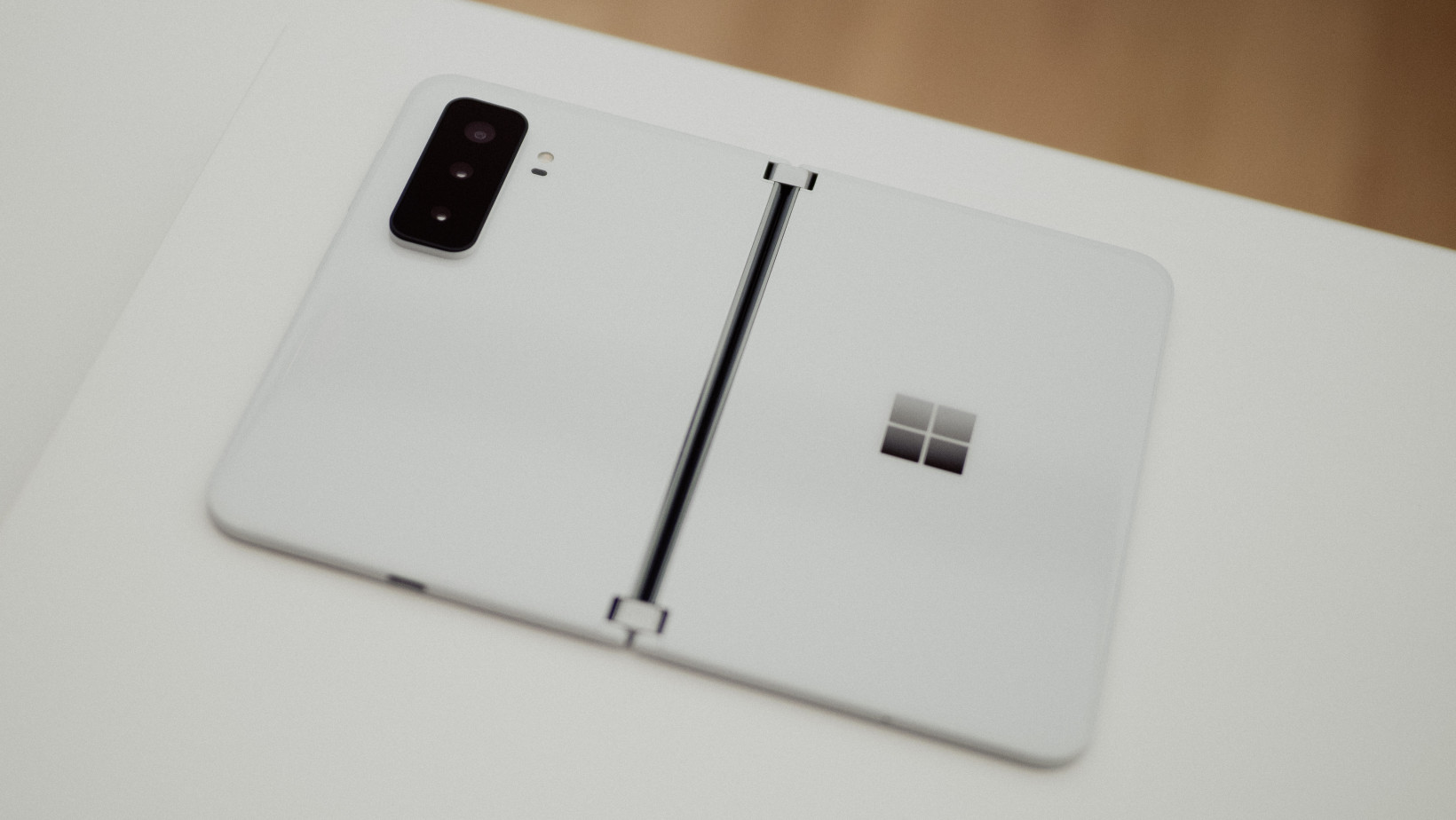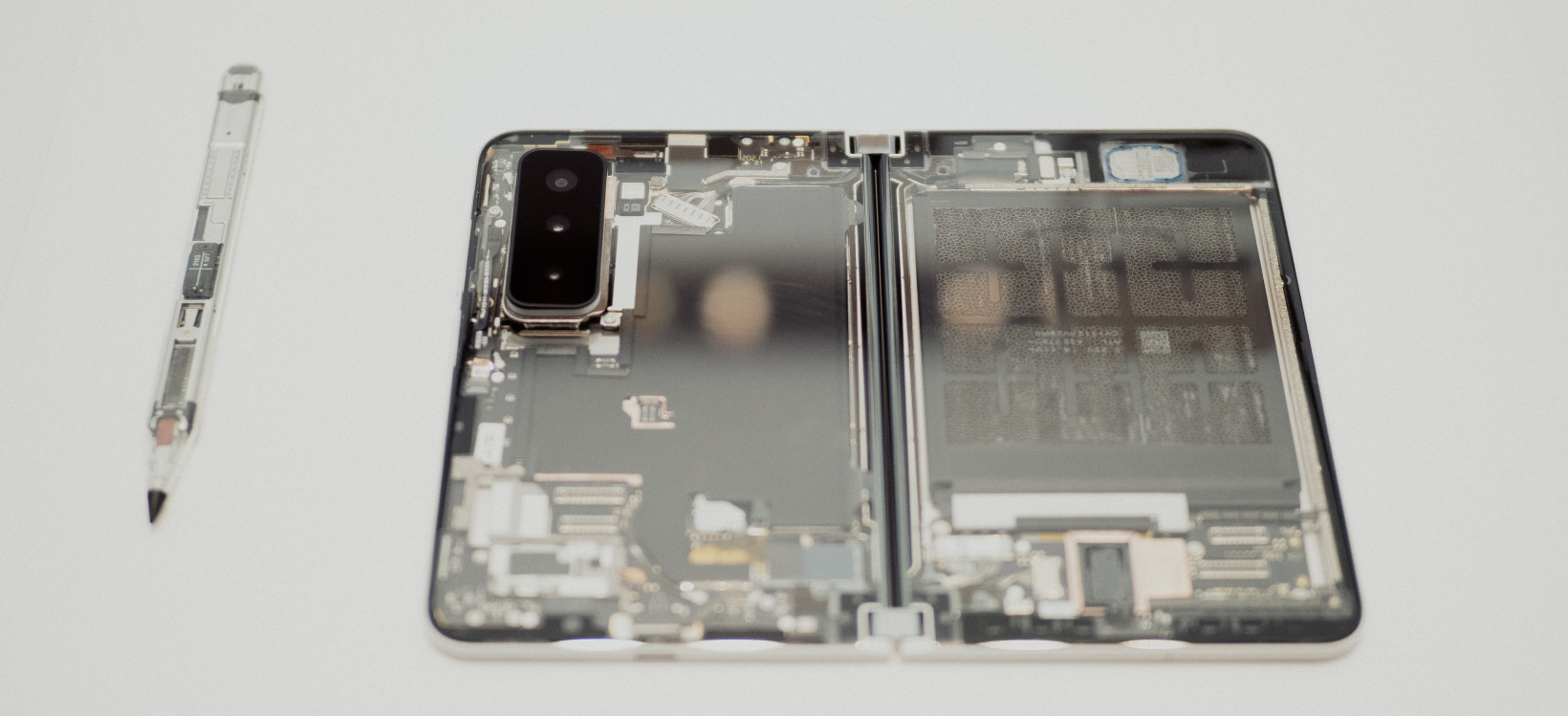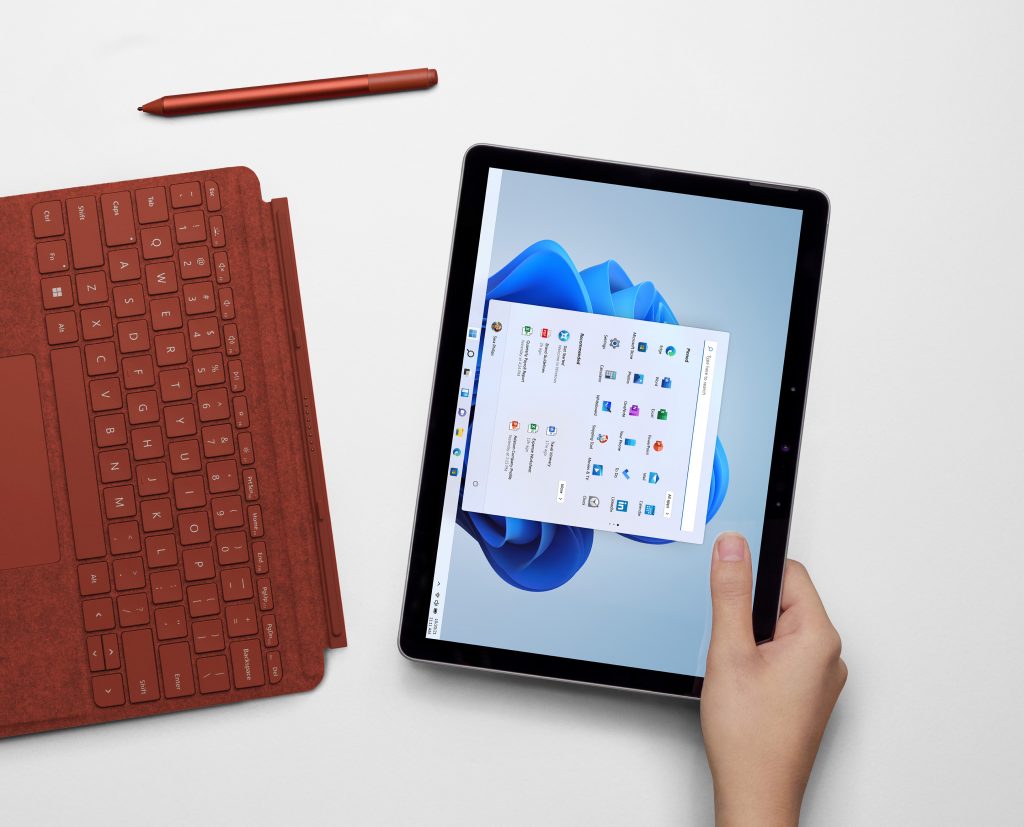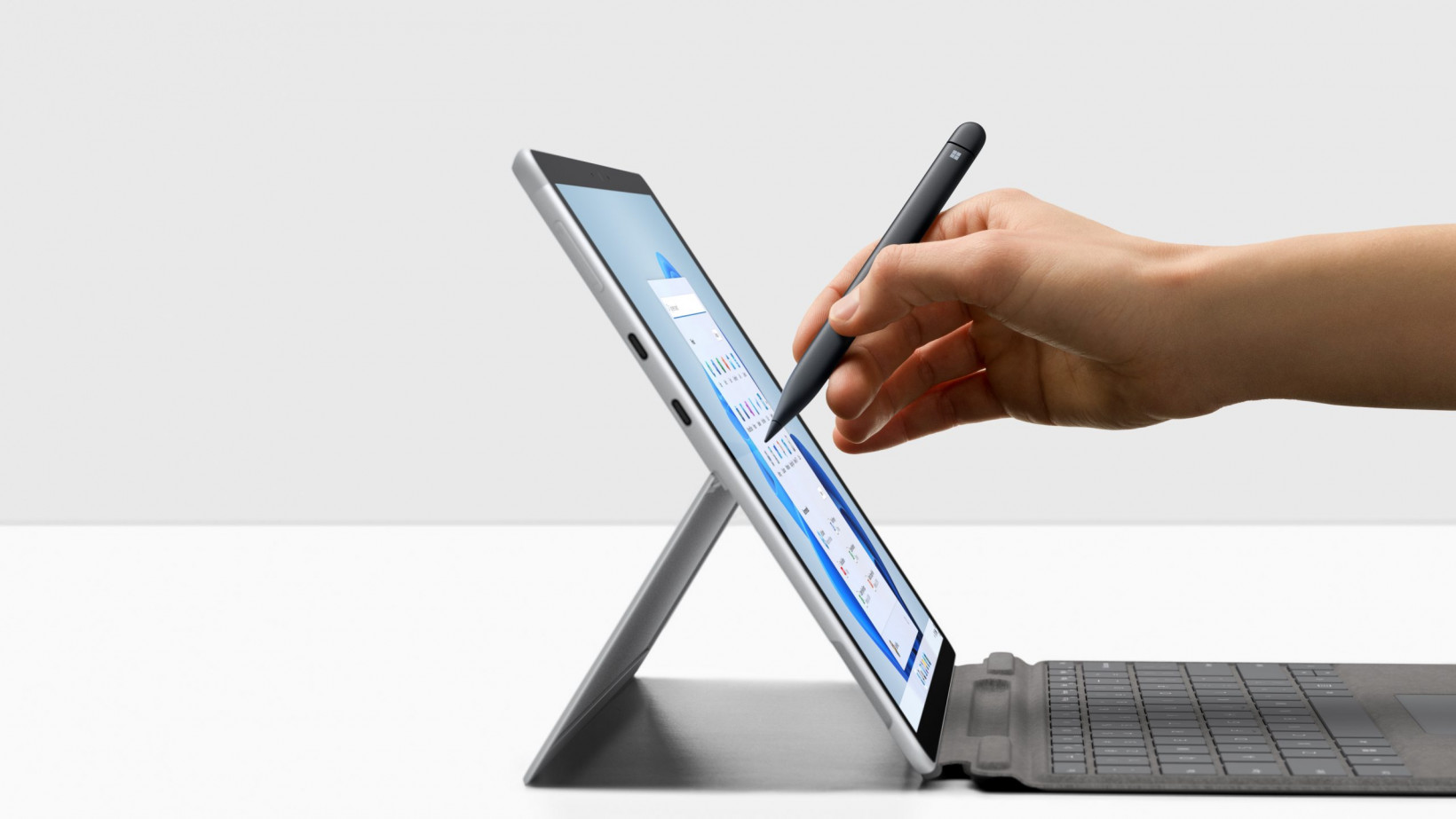We were lucky enough to try most of the devices in person prior to their official announcement, so consider this round-up also something of a hands-on. Here’s the biggest news from the event.
Surface Pro 8
The Surface Pro 8 is the biggest change to the tablet line since the Surface Pro 3 back in 2014. Well, if you don’t count the Surface Pro X anyway, which the Surface Pro 8 greatly resembles, including the ability to store the new Slim Pen 2 in the Type Cover. Still, it’s a long-overdue update, and having used the device, I believe it’s a more compelling purchase than the Surface Pro has been in years. Microsoft significantly shrunk the bezels and fit an 11% larger display with a corresponding increase in resolution. Better yet, this display now goes up to 120 Hz (although it’s set to 60 Hz by default to save battery life) to make interactions much smoother. That is pretty much unheard of for a display in this product category (no, the iPad Pro doesn’t count).
The Surface Pro 8 also added two Thunderbolt 4 ports, which means you can finally add an external GPU for your gaming needs. Unlike the Pro X, the Pro 8 does retain a headphone jack, and the Dolby Atmos-enabled speakers have been improved too. Battery life is rated at 16 hours, which as a general rule I consider to be double the ‘real-life’ figure, and Microsoft says it’ll charge to 80% in just over an hour. But perhaps the most important improvement is one you don’t really see in a spec sheet: thermals. Microsoft said it focused heavily on the tablet’s thermals to minimize throttling, something that often plagues portable devices.
This allows the device to maintain higher clock speeds on both the CPU and GPU, leading to a 40% and 74% increase in sustained performance, respectively. The proof of that is in the pudding, but it’s good to hear Microsoft made an additional effort to manage thermals this time around. How much: $1,099.99+ When: Pre-order today, available October 5
The Surface Slim Pen 2
Microsoft’s new Surface Pen was actually the most pleasant surprise from the event, if you ask me. Although it looks very similar to the original Slim Pen that came with the Surface Pro X, the new model has a cool trick up its sleeve: haptics. It’s hard to describe how cool the effect is, so I’m glad to test it in person. Basically, the stylus emits a very subtle vibration that resembles that of pen on paper. It’s a subtle touch (although the vibration strength is adjustable), that makes a marked difference in terms of realism.
Moreover, the new haptic motor will also engage while navigating Windows 11, offering a confirmation for clicks and helping you ‘snap’ onto UI elements while hovering the pen in supported software. Haptics aside, Microsoft says the pen is more precise and offers lower latency than its predecessors too. Coupled with the 120 Hz display and a new custom chip that provides hardware acceleration for inking, I felt a notable improvement to my scribbling. That’s saying something, considering Surface devices already have some of the best stylus support around. How much: $129.99 When: Pre-order today, available October 5
The Surface Laptop Studio
The Surface Book 4 is dead; long live the Surface Laptop Studio. It is one of the most beautiful laptops I’ve ever laid my eyes on, both for its design and its promise of versatile functionality. I go into much more detail in my hands-on post, but the Surface Laptop Studio addresses nearly all the flaws aimed at the Surface Book.
Rather than a detachable display, the SLS turns into a tablet using a double-hinge mechanism that feels extremely satisfying to use in-person; it takes just one second to switch from ‘laptop’ mode to ‘studio’ mode (AKA tablet mode), making the device feel a lot more versatile than other high-powered laptops. As on the Pro 8, the display goes up to 120 Hz and supports Dolby Vision HDR. Meanwhile, a new two-tiered design for the base allows Microsoft to make major improvements to thermal management — the SLS finally runs on Intel’s H series processors rather than the ultraportable-oriented U-series chips. Meanwhile, you still get a powerful discrete GPU in the form of an Nvidia GTX 3050 Ti, and the device comes with two Thunderbolt 4 ports as well.
All this and Microsoft is still promising up to 18 hours of battery life for the top-spec’d configuration. How much: $1,599.99 When: Pre-order today, available October 5
Surface Adaptive Kit
Microsoft has placed a larger emphasis on creating accessible products in the past few years, as noted by devices like the Xbox Adaptive Controller. Now it’s trying to bring more accessibility to its PCs with something called the Surface Adaptive Kit.
The kit mostly consists of raised stickers you can place on your Surface devices to make it easier to identify certain keys or parts of the laptop by both sight and touch. There are a variety of labels for ports, cables, and keycaps, for instance, along with a tool to help assist with applying the stickers. The kit also includes a couple of tools to make it easier to open the lid or kickstand of a Surface device, and the packaging itself is made to be reusable and easy to open. How much: TBD When: “Later this year”
Surface Duo 2
The Surface Duo 2 is shaping up to be a dramatic improvement over its predecessor. For one, it actually has top-tier specs, with a Snapdragon 888, 5G support, 8 GB of RAM, 128 to 512 GB of storage, a 4449 mAh battery, and a triple-lens camera system. There’s a massive camera bump on the rear to show off how serious Microsoft is about imaging this time, though we’d need more time with the device to know if it’s really any good.
Microsoft has also improved the displays, making them larger, brighter, and more durable than ever, for a total diagonal of 8.3 inches. They also now run at 90 Hz. The displays are slightly curved at the hinge, allowing you to see details like volume, charging, and select notifications while the phone is closed. The device comes in a neat new Obsidian black colorway, if grey isn’t your thing.
Using it briefly in person, the device definitely felt significantly zippier than the original Duo did, especially at launch. It felt like, you know, what a $1,500 device should feel like.
The original Duo was simply too expensive for the specs it offered, so bringing it up to par with the competition is enough to make the new model much more compelling. As before, the dual screens allow for easy multi-tasking with fewer of the durability concerns of flexible displays. You can use the new Surface Pen with the phone as well, which will charge wirelessly with an optional thin case. How much: $1,499.99+ When: Pre-order today, available October 5
Surface Go 3
The Surface Go is one of my favorite laptops ever, and the third iteration basically just brings more powerful Intel processors. You get a Pentium Gold 6500Y on the low-end configuration and an Intel Core i3-10100Y on the higher-end models. Storage also goes up to 256GB now.
And that’s about it. The design is the same, and I would’ve liked smaller bezels, but it’s still one of the nicest looking and feeling affordable PCs out there. How much: $399.99+ When: Pre-order today, available October 5
Microsoft Ocean Plastic Mouse
Microsoft today announced a new mouse made out of 20% recycled ocean plastic, and with 100% recyclable packaging. There’s nothing fancy about it; it’s a three-button Bluetooth mouse powered by a single AA battery. But it looks nice, it’s cheap, and Microsoft says you can ship it back to them for recycling.
Oh, and it also comes with an ocean theme for your desktop, which is nice. How much: $24.99 When: Pre-order today, available October 10
Surface Pro X
The Surface Pro X is only up for a small refresh this time around, if you can even call it that. Here’s basically what’s new:
Microsoft now sells a WiFi-only version. That allows the company to bring the starting price down to $899 (which doesn’t include the stylus or keyboard). It’ll run on Windows 11, because duh.
And that’s basically it. Microsoft does highlight that Windows 11 has support for 64-bit emulation and better ARM support overall, but the Surface Pro X’s actual hardware has not really changed since I reviewed the unit announced late last year. That’s a little unfortunate; now that the Intel-based Surface Pro shares a similar design, there’s very little reason to go with the Pro X over the Pro 8, especially when the latter has that cool 120 Hz display. We’ll have to wait until next year for spec boost, it seems. How Much: $899.99+ When: Pre-order today, available October 5
